Planting Lupine Flowers - How To Grow Lupines
Lupines are attractive and spiky, reaching 1 to 4 feet (30 to 120 cm) in height, adding color and texture to the back of a flowerbed. Pollinators love them.
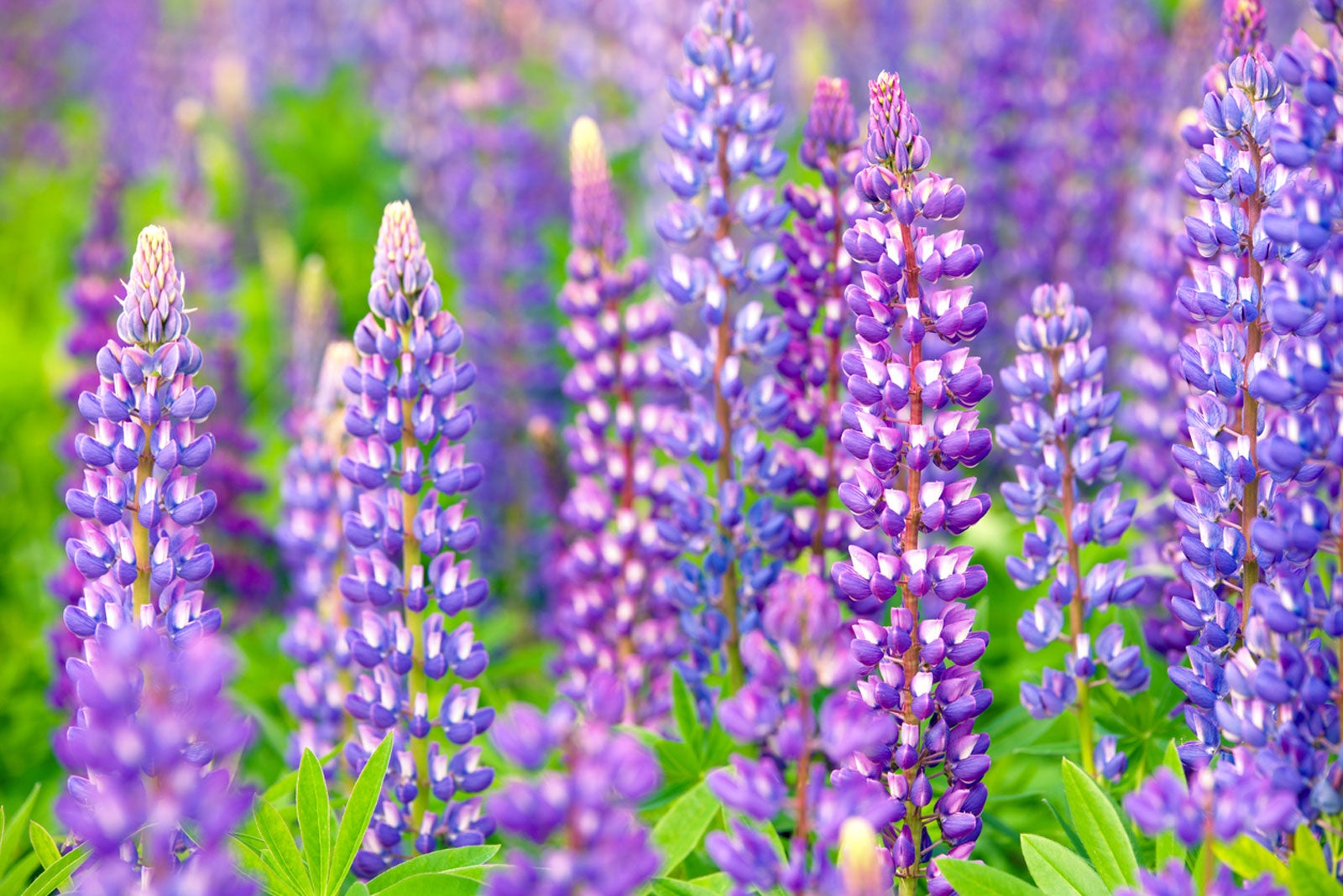

Lupines (Lupinus spp.) are attractive and spiky, reaching 1 to 4 feet (30-120 cm.) in height and adding color and texture to the back of a flower bed. Lupine flowers may be annual and last only for a season, or perennial, returning for a few years in the same spot in which they were planted. The lupine plant grows from a long taproot and does not like to be moved.
Lupines grow wild in some areas of the United States, where they are hosts for the larvae of endangered species of butterflies. Wildflowers of the lupine plant generally come in in hues of blues and white, although domesticated lupines offer flowers in blues, yellows, pinks and purples. Tall, spiky racemes produce lupine flowers similar to those of the sweet pea plant.
How to Grow Lupines
Growing lupines is as simple as planting seeds or cuttings into a sunny area with well-drained soil. If planting lupine from seed, scratch the seed surface or soak seeds overnight in lukewarm water to allow the seed coat to be easily penetrated. Seeds of the lupine plant may also be chilled for a week in the refrigerator prior to planting.
This may also be accomplished by planting lupine seeds in the fall and letting Mother Nature do the chilling through the winter. Direct sowing of lupine seeds in autumn is perhaps the easiest method. Lupines produce seed which will re-produce more flowers the following year if not removed from the growing lupine.
Average soil is best for growing lupines. Utilize this trait and plant lupines in areas of the landscape that have not been composted or amended in other ways.
Getting More Lupine Flowers
To encourage blooms, fertilize lupines with a plant food that is high in phosphorus. Nitrogen rich fertilizer may encourage growth of the foliage and do little to promote flowering. Deadhead spent blooms for returning lupine flowers. The lupine plant fixes nitrogen in the soil and is a great addition to your vegetable garden or any area where nitrogen loving plants will be grown.
A member of the pea family, lupines are beneficial in many ways. Now that you know how to grow lupines, add this tall, showy bloom to an area where lupine flowers will be visible and act as background for other full-sun blooms. A flowering ground cover planted beneath the lupine plant helps keep roots cool and will benefit from the nitrogen in the soil, creating a showy display in the landscape.
Gardening tips, videos, info and more delivered right to your inbox!
Sign up for the Gardening Know How newsletter today and receive a free copy of our e-book "How to Grow Delicious Tomatoes".
Note: Some types of lupine can be toxic to animals and humans. Investigate the type of lupine you are planting to determine its toxicity.

Becca Badgett was a regular contributor to Gardening Know How for ten years. Co-author of the book How to Grow an EMERGENCY Garden, Becca specializes in succulent and cactus gardening.
-
 Get Ready For A Summer Of Hummers! Grow These Full Sun Hummingbird Plants and Flowers
Get Ready For A Summer Of Hummers! Grow These Full Sun Hummingbird Plants and FlowersIf you’re lucky enough to enjoy a sunny backyard, make sure you are maxing out on your pollinator opportunities and grow these full sun hummingbird plants and flowers
By Tonya Barnett
-
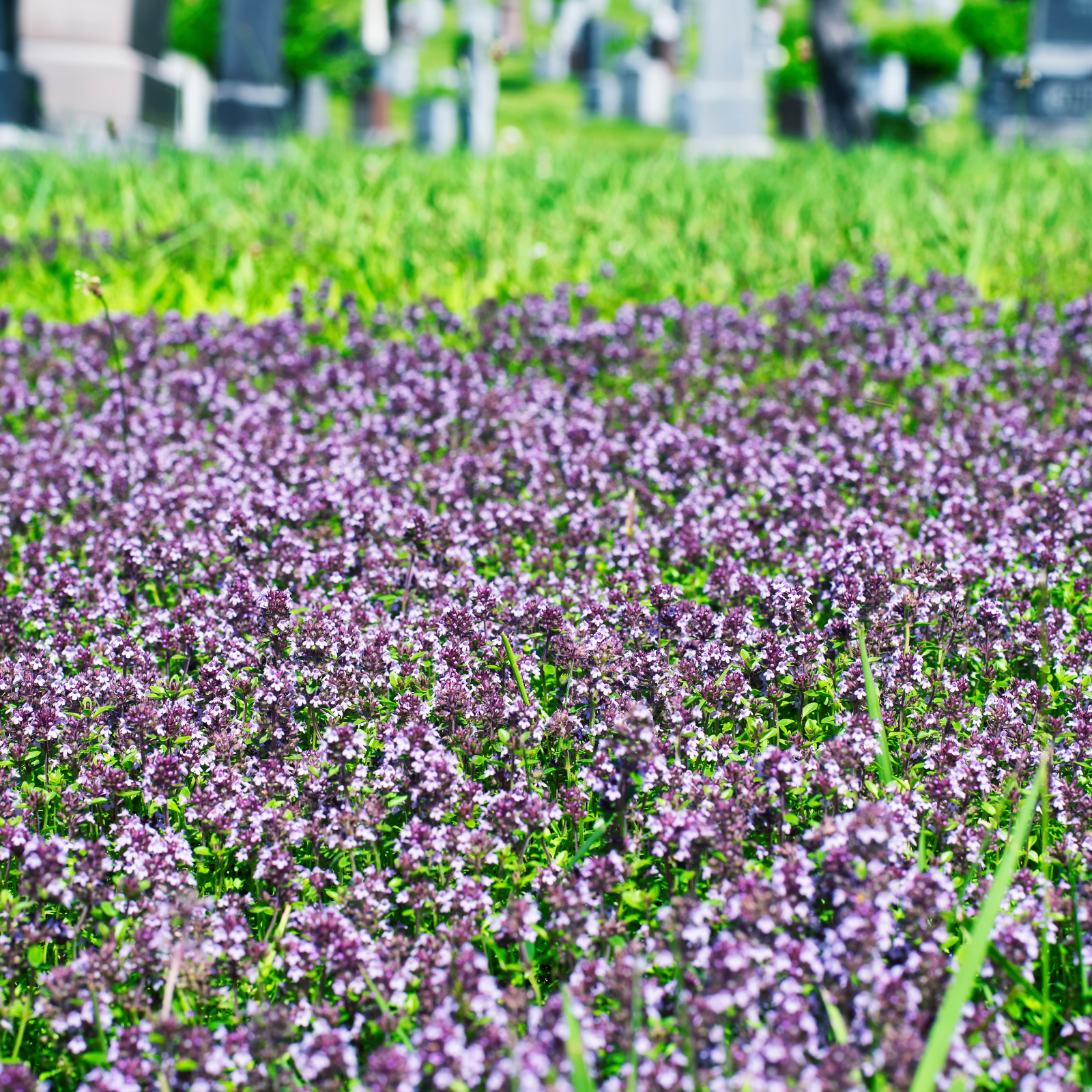 12 Lush Alternatives To A Lawn For Sustainable Spaces
12 Lush Alternatives To A Lawn For Sustainable SpacesAlternatives to a lawn are beautiful and also beneficial to your local ecosystem and its pollinators. Explore our top picks for plants to replace grass.
By Tonya Barnett
-
 How To Safely Grow Lupines In The Garden Near Edible Plants
How To Safely Grow Lupines In The Garden Near Edible PlantsIs the tall and lovely lupine edible when planted near vegetables? Maybe not - learn what kind of lupine you’re planting to avoid the toxic varieties.
By Mary Ellen Ellis
-
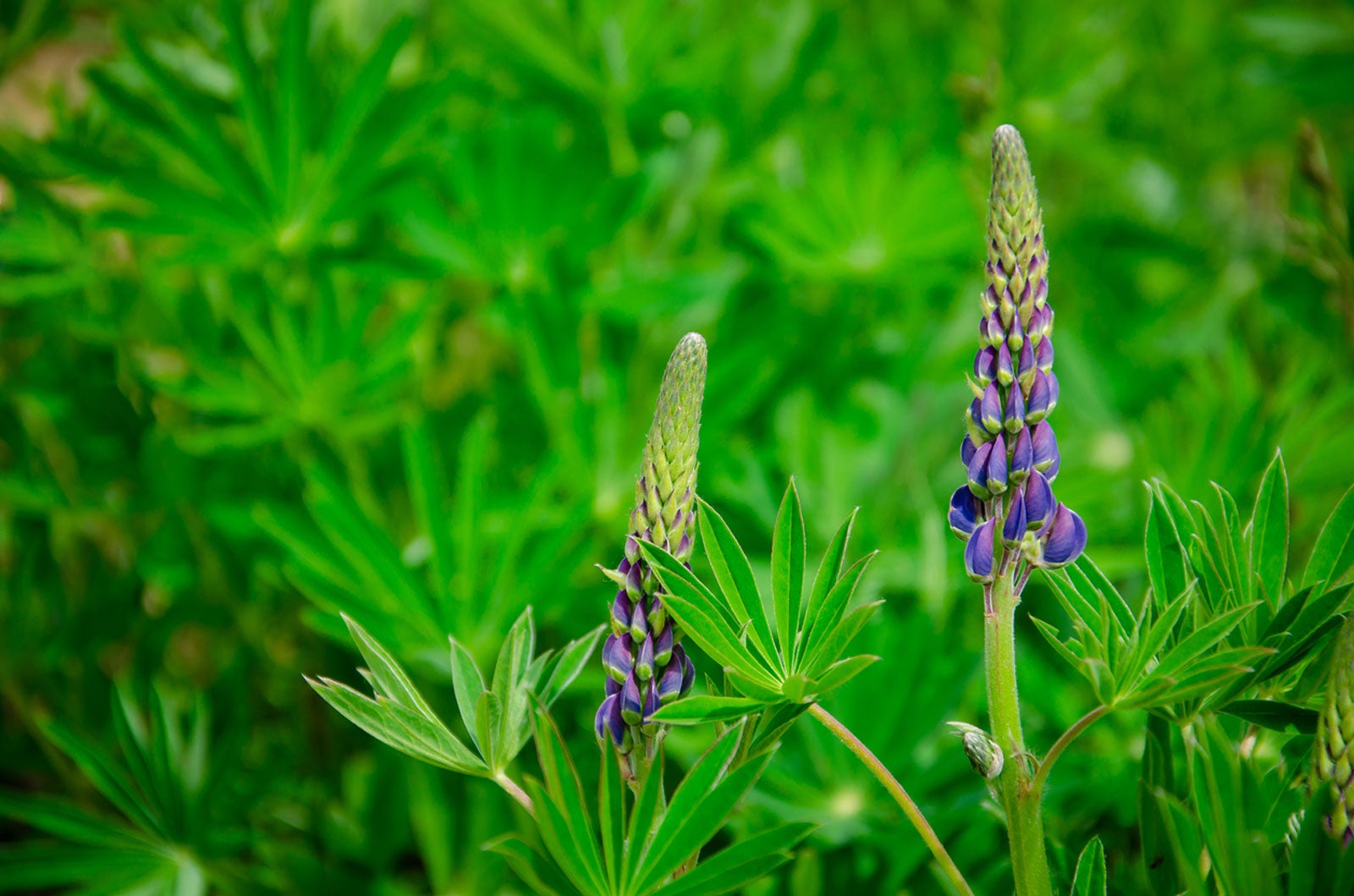 Arroyo Lupine Information: Learn How To Grow An Arroyo Lupine Plant
Arroyo Lupine Information: Learn How To Grow An Arroyo Lupine PlantArroyo lupine plants are the welcome signs of spring on the rocky slopes and grasslands of the Western United States. Pollinators are highly attracted to these plants and the seeds sustain small wildlife critters. For more arroyo lupine information, click here.
By Mary H. Dyer
-
 Desert Lupine Plant Care – How To Grow Desert Lupine Plants
Desert Lupine Plant Care – How To Grow Desert Lupine PlantsDesert lupine is a wildflower that grows across the southwestern United States and parts of northern Mexico. This nectar-rich desert wildflower is highly attractive to a number of pollinators, including honeybees and bumblebees. Learn more here.
By Mary H. Dyer
-
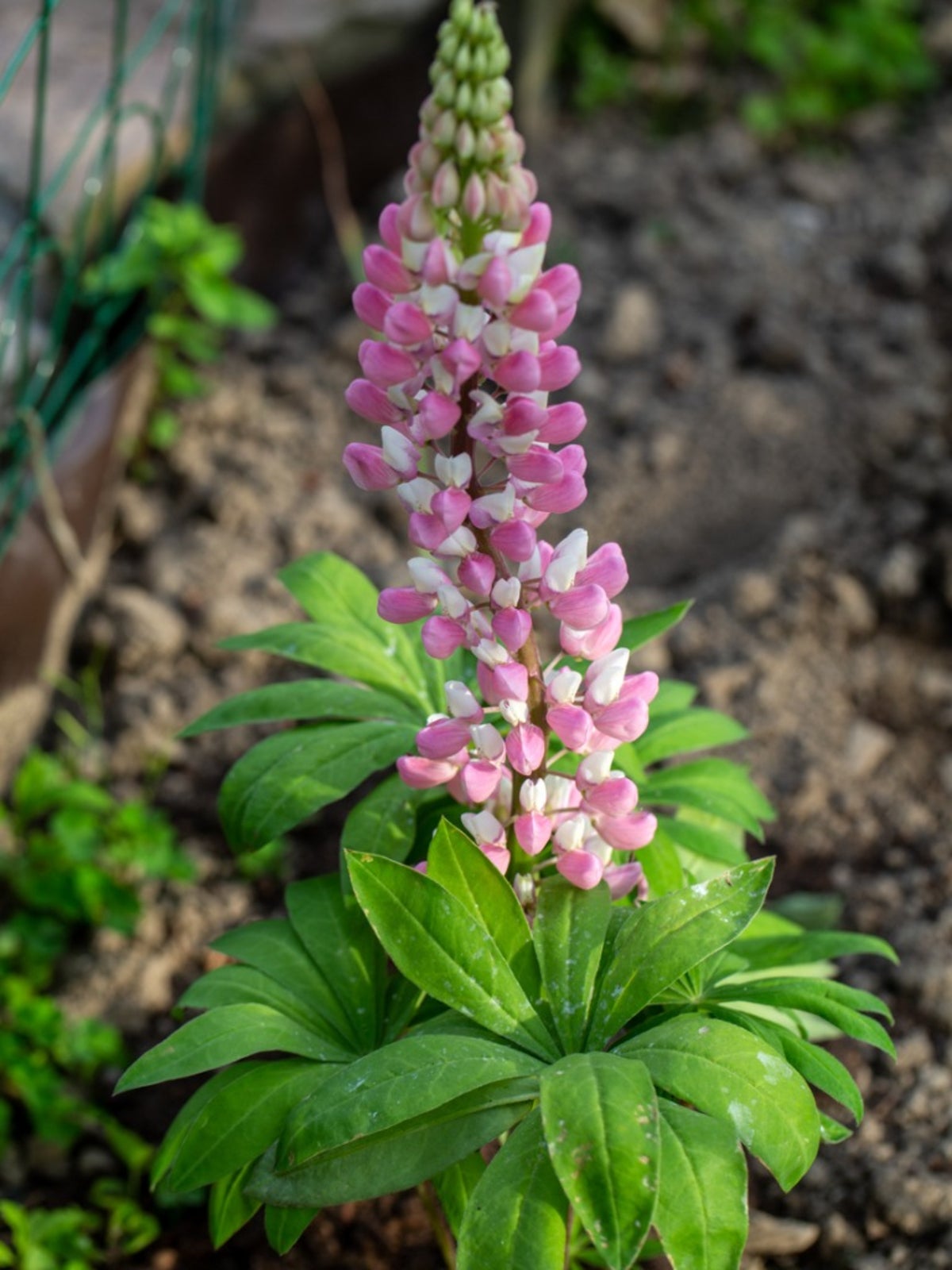 Bigleaf Lupine Care: What Is A Bigleaf Lupine Plant
Bigleaf Lupine Care: What Is A Bigleaf Lupine PlantBigleaf lupine is a big, tough, flowering plant that is sometimes grown as an ornamental but is also often battled as a weed. Click on the following article to learn more about growing bigleaf lupines and when bigleaf lupine control is the best option.
By Liz Baessler
-
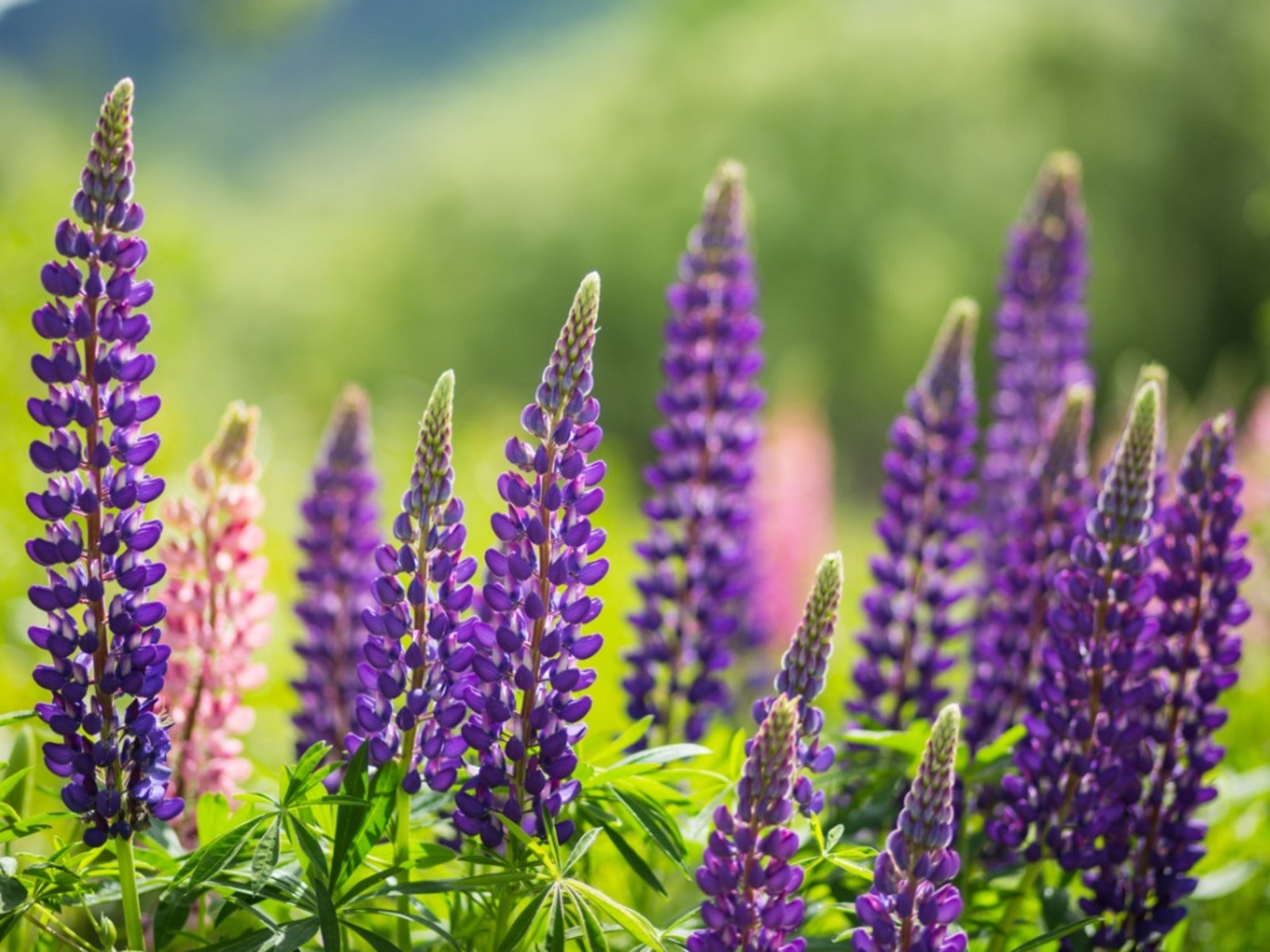 Lupine Plant Diseases – Controlling Diseases Of Lupines In The Garden
Lupine Plant Diseases – Controlling Diseases Of Lupines In The GardenLupines are attractive, easy to grow flowering plants that tolerate cool and moist conditions, and produce stunning spikes of flowers in a wide range of colors. The only real drawback is the plant's relative sensitivity to disease. Learn more here.
By Liz Baessler
-
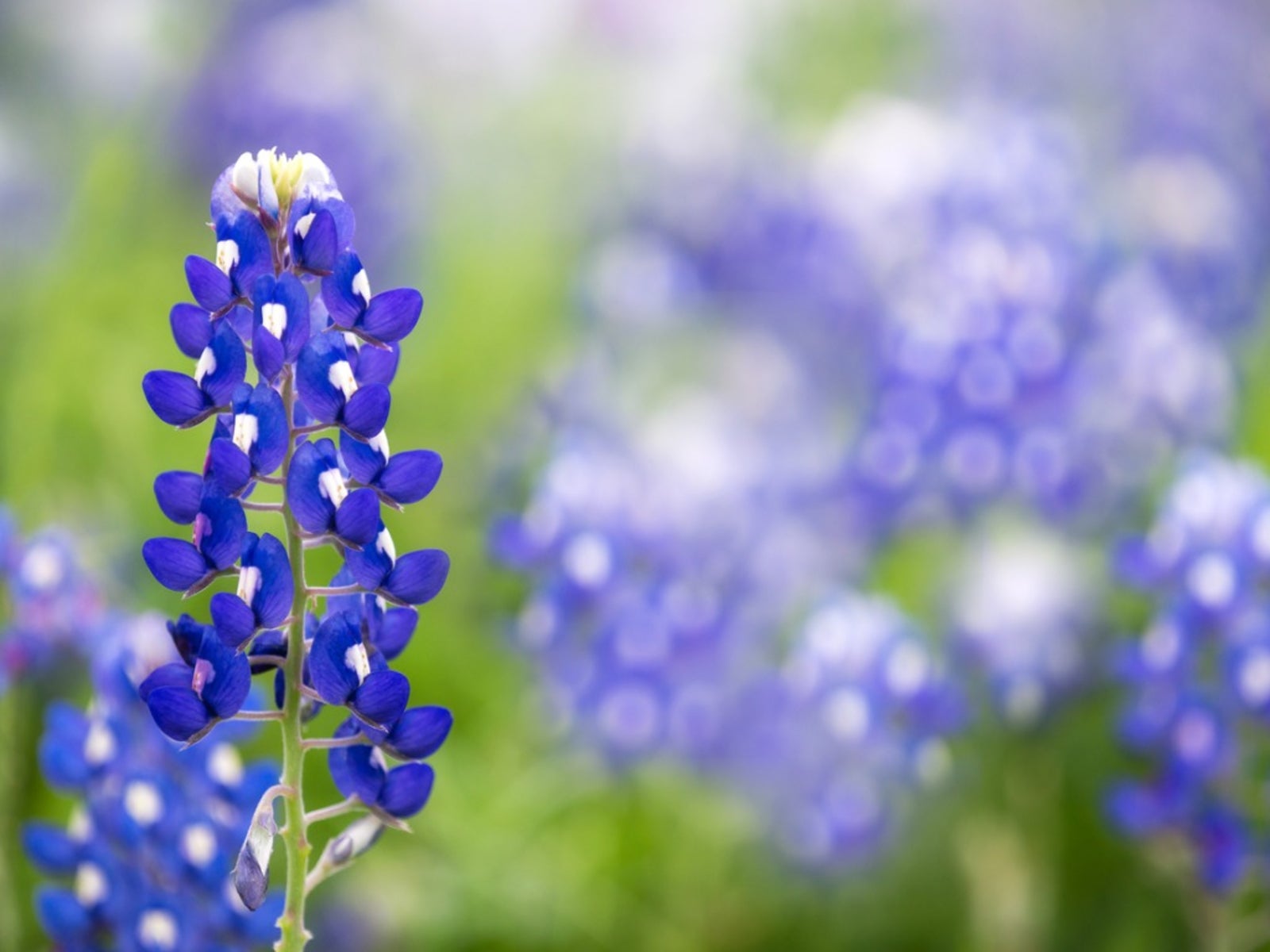 Growing Blue Bonnets - When To Plant Blue Bonnets In The Garden
Growing Blue Bonnets - When To Plant Blue Bonnets In The GardenGrowing blue bonnets adds an interesting shade of color to the spring landscape. Texas blue bonnets are easy to grow and you can find tips on how to grow these plants in this article.
By Becca Badgett